There is also a way to do it using the workflow definition language. (https://learn.microsoft.com/en-us/azure/logic-apps/logic-apps-workflow-definition-language).
Using the fonctions string and replace you can work on your json as a string rather than on objects.
Here is a Flat_List action that follows a Parse_JSON action with your data:
Your data:
[
{"Results": ["string a", "string b"]},
{"Results": ["string c", "string d"]}
]
Flat_List component:
"Flat_List": {
"inputs": "@replace(replace(replace(string(body('Parse_JSON')),']},{\"Results\":[',','),'}]','}'),'[{','{')",
"runAfter": {
"Parse_JSON": [
"Succeeded"
]
},
"type": "Compose"
},
What happens here? First we use string that takes your json data and gives:
[{"Results":["string a", "string b"]},{"Results":["string c", "string d"]}]
We replace all the ]},{"Results":[ by ,.
We replace all the }] by }.
We replace all the [{ by {.
We get the string {"Results":["string a","string b","string c","string d"]}
Then you are free to parse it back to json with:
"Parse_JSON_2": {
"inputs": {
"content": "@outputs('Flat_List')",
"schema": {
"properties": {
"Results": {
"items": {
"type": "string"
},
"type": "array"
}
},
"type": "object"
}
},
"runAfter": {
"Flat_List": [
"Succeeded"
]
},
"type": "ParseJson"
}
You can see it as a proof of concept as the Azure Function may be easier to re-read later but there may be many reason not to want to instantiate a new Azure Function while you can do the job in Logic App.
Feel free to ask for more details if needed :)
